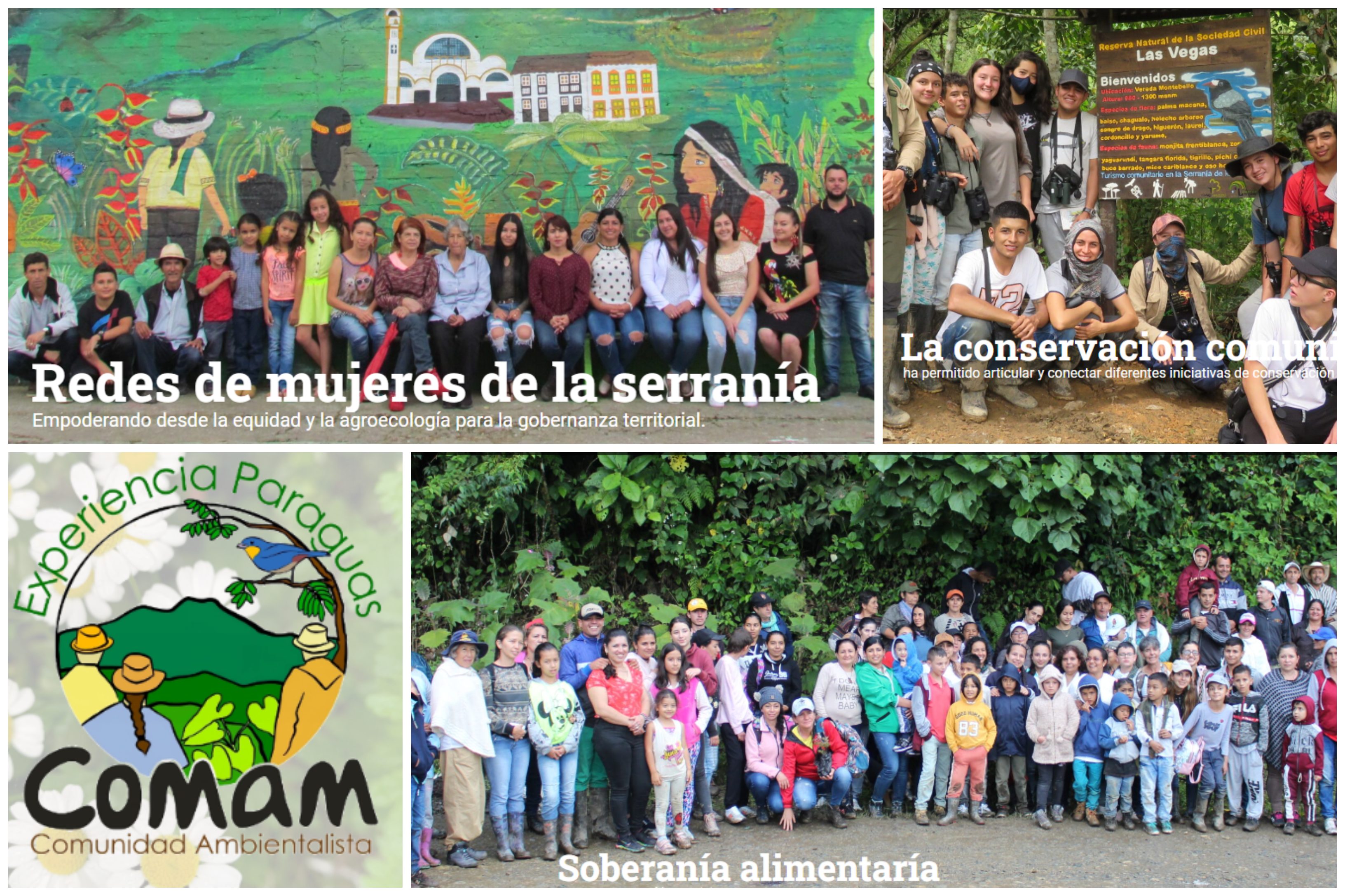Inclusive and Participatory Research on nature/environmental culture and CEPA's efforts
When the Ministry of the Environment was seeking the designation of the Amami Archipelago as a national park for the purpose of registration as the World Heritage site, it proposed two management concepts, “Ecosystem Management Type” and “Nature/Environmental Culture Type,” with the support of Kagoshima University, which had launched the Kagoshima Environmental Studies Project, a public-private collaboration aimed at solving environmental problems in the region. The “Ecosystem Management Type” concept aims to preserve the area as a registered World Natural Heritage site, while the “Nature/Environmental Culture Type” concept supports cultural value by providing visitors with a chance to experience the history and culture of people who have lived in harmony with nature in the area, and have skillfully used and passed it on to future generations. The purpose of Japan's national parks is to protect natural scenic areas, promote their use, and contribute to conservation of biodiversity. “Amamigunto National Park” was the first national park to propose the concept of an Nature/Eenvironmental Culture Type” national park that focuses on the nature and culture of the region. The term “Amamigunto” means “the Amami Archipelago”.
The Ministry of the Environment and Kagoshima University conducted an interview survey, as an attempt, in collaboration with local residents in the satoyama area of Amami, a candidate area for a national park, to visualize the language and spirit that represent the culture of the islanders and how they live using nature, and to understand the local nature/environmental culture that has coexisted with nature. Through many workshops and symposiums, including web-based workshops, the results of the survey were shared with local residents and people from Amami living in the city, and through understanding the uniqueness and value of the local environmental culture, the awareness that nature/environmental culture has the potential to strengthen community identity and seed independent economic development in the region spread. This awareness has continued to spread.
What is Environmental Culture?
The concept of environmental culture is closely related to the nature-culture linkage.
In Kagoshima, this concept has been in use since around 1990, and more recently, it has been defined as: “The general consciousness, lifestyle, and production style that local people have formed and acquired while interacting with nature and influencing each other."
Example 1) The topography and geology of the “high island” and “low island” of the Amami archipelago determined the amount of water in rivers and groundwater, which in turn determined how the islanders obtained water for daily use and firewood. On the “high island,” waterwheel-powered sugar manufacturing flourished, taking advantage of the abundance of water in the rivers. The “low islands” had difficulty securing firewood due to the lack of well-developed forests, and trade developed to obtain firewood from neighboring islands, promoting cultural exchange. These “high” and “low” islands have strongly influenced the islanders' culture and awareness of the importance of resources. At the same time, this culture and awareness has influenced the islanders' approach to nature and has defined the natural environment of the islands.
Example 2) The awareness of the forbidden by the yokai Kenmun in the island's folklore has become a means of appropriate control of natural resources and coexistence with nature. The “yokai” is closely English word for “ghost” or “supernatural creature”.
Use of Participatory community survey methods
The sense of efficacy and sense of ownership was increased by generating local knowledge together, rather than by giving knowledge in a one-way report..
Recognition of the importance of historical perspectives:
It is important to show respect for the local residents' awareness of nature and culture from a historical perspective.
Integrate existing research on multiple fields of study and use it to understand the holistic environmental culture of the region.
Use of Participatory community survey methods
The sense of efficacy and sense of ownership was increased by generating local knowledge together, rather than by giving knowledge in a one-way report.
Recognition of the importance of historical perspectives:
It is important to show respect for the awareness of local residents based on historical perspectives in addition to the relationship between nature and culture.
Use of existing research:
The use of existing research on a wide range of topics.
